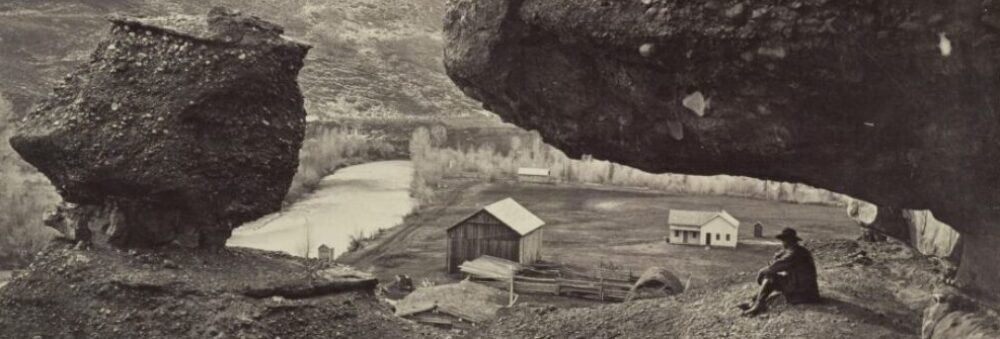“On my return from the first exploration of the canyons of the Colorado, I found that our journey had been the theme of much newspaper writing. A story of disaster had been circulated, with many particulars of hardship and tragedy, so that it was currently believed throughout the United States that all the members of the party were lost save one. A good friend of mine had gathered a great number of obituary notices, and it was interesting and rather flattering to me to discover the high esteem in which I had been held by the people of the United States. In my supposed death I had attained to a glory which I fear my continued life has not fully vindicated.” –J. W. Powell, Canyons of the Colorado.
On August 29, 1869, John Wesley Powell and the remaining members of a small expedition emerged from the Grand Canyon after nearly 100 days of hardship and peril. Three months earlier, on May 24, they had embarked on a journey down the uncharted waters and canyons of the Green and Colorado rivers hoping to successfully navigate one of the last unknown territories in the United States. Powell, a Civil War veteran whose right arm was amputated after the battle of Shiloh, soon found widespread acclaim and recognition for his remarkable achievement. His success and fame led to government funding for a second trip in 1871-72, this time to map the rivers and canyons, a task which was abandoned in the first expedition in favor of survival. In 1875, Powell published an illustrated account of the expeditions, Explorations of the Colorado River…, which he later revised and enlarged as Canyons of the Colorado (1895), a copy of which was recently acquired for Princeton. The work was privately printed in Meadville, Pennsylvania.
Canyons of the Colorado provides numerous accounts and illustrations of the perils involved in the expeditions, such as running the rapids and saving a man from falling into a canyon by lowering down a pair of britches as a rope:
Powell was also a professor of natural science (primarily self-taught), and his life-long interests in geography and archaeology are witnessed in the Canyons of Colorado as well. Powell’s reports significantly contributed to the scientific understanding of the Colorado River system and the formation of the canyons. His work also included important studies of the Native American tribes of Arizona, Nevada, and Utah (Powell later served as a special commissioner of Indian affairs in Washington, D.C.).
Princeton also houses several stereographs from Powell’s expeditions, most of which are attributed to either E. O. Beaman or John K. Hillers. (For an online simulation of stereo views, see the Getty Museum’s How a Stereograph Works or create your own simulation with the New York Public Library’s Sterogranimator.)
1,500 of Princeton’s stereographs have been digitized and can be viewed in the Princeton University Digital Library’s Western Americana Collection:
http://pudl.princeton.edu/collection.php?c=pudl0017&f1=kw&v1=stereographs
For those related to Powell’s various expeditions, see:
http://pudl.princeton.edu/results.php?f1=kw&v1=powell
Select Bibliography:
Fowler, Don D. “Powell, John Wesley,” American National Biography Online. Feb. 2000. Access Date: Tue Dec 25 2012 16:44:42 GMT-0600 (CST)
Powell, J. W. Canyons of the Colorado. Meadville, PA: The Chatauqua-Century Press, 1895.









